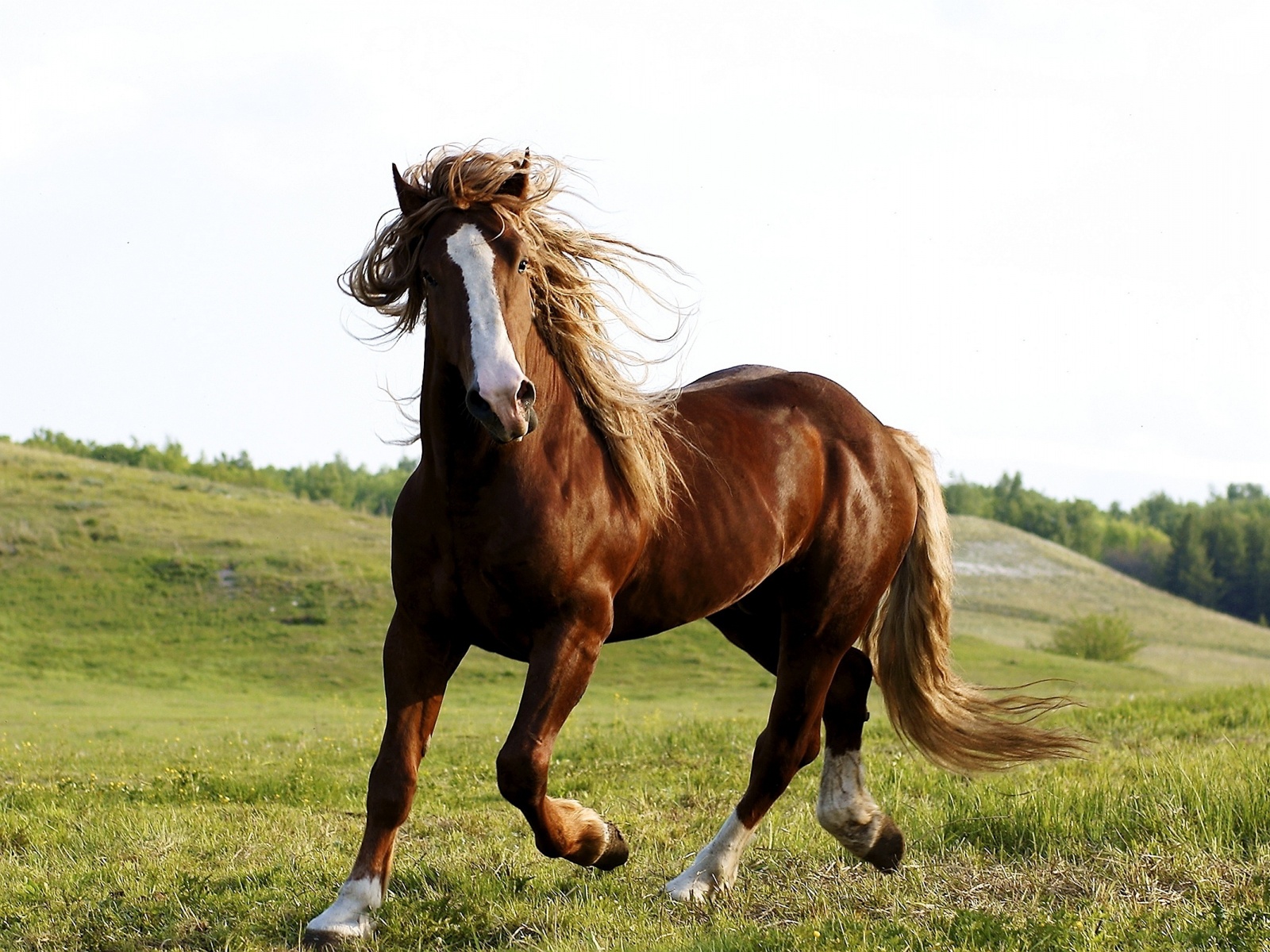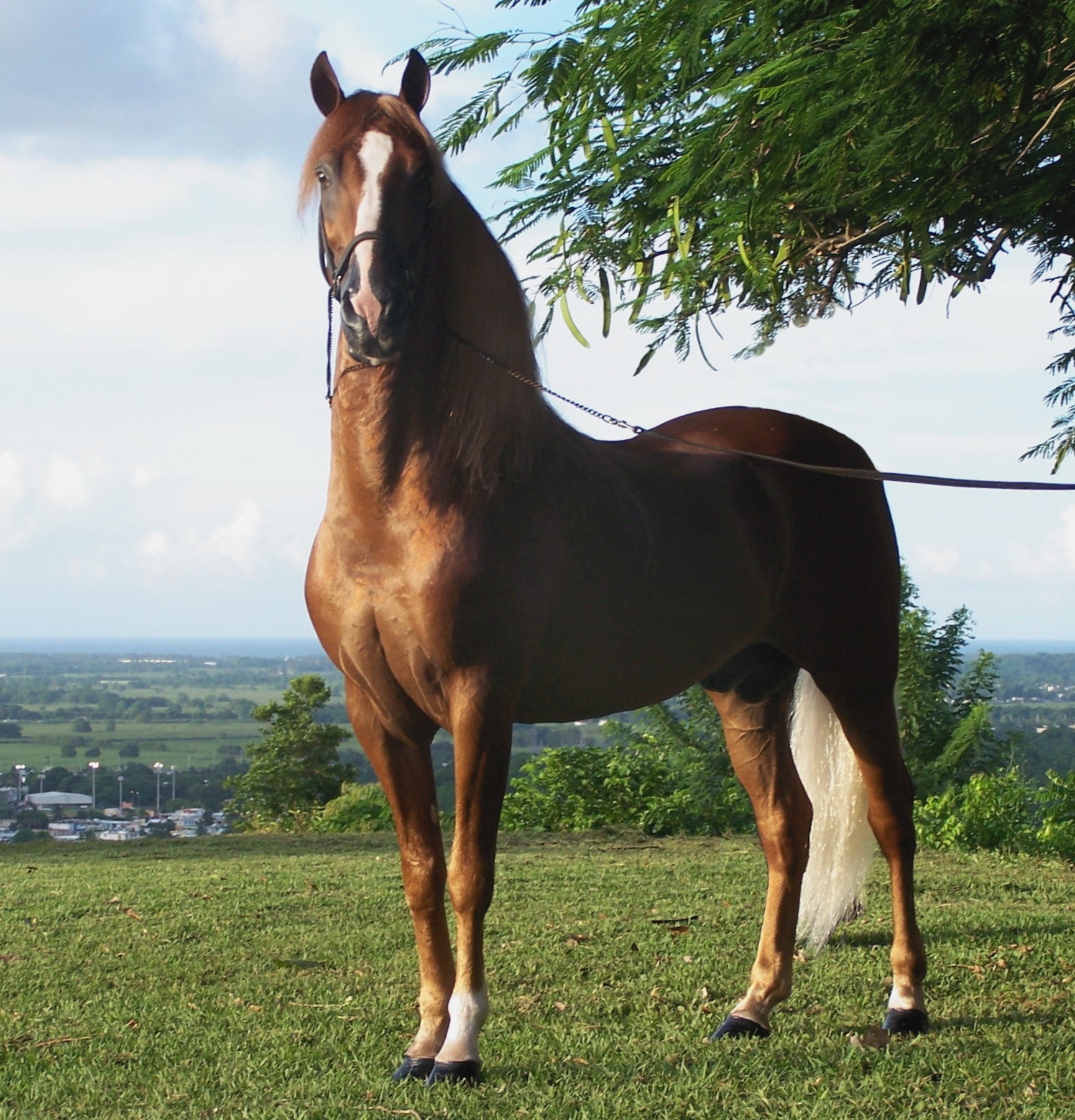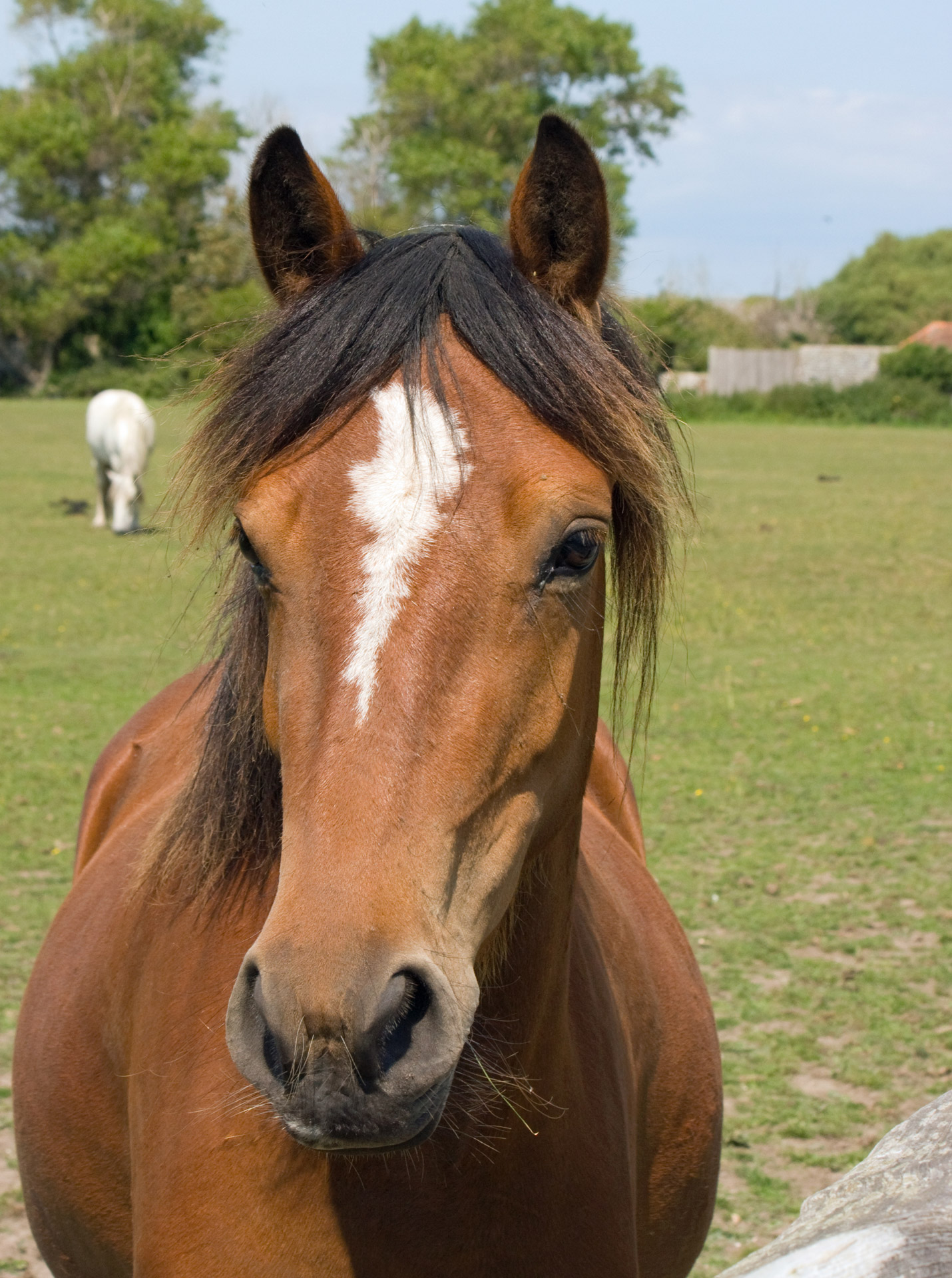Horse Ox Compatibility: Bridging The Gap On The Farm
Have you ever wondered about the quiet, powerful partnerships that can happen on a farm, perhaps between animals you wouldn't typically see together? It's a rather interesting thought, isn't it? Sometimes, when you're looking after animals, you start thinking about all sorts of pairings, especially if you've been dealing with your own animal's well-being, like my horse, who has recently been diagnosed with navicular in the bursa. You just get curious about how different creatures might get along or even work side by side.
For centuries, people have relied on large animals to help with daily farm tasks. Horses brought speed and agility, while oxen offered steady, brute force. Yet, the idea of them sharing a workspace, or even a pasture, often sparks questions. Can these two distinct types of farm animals truly coexist peacefully, or even team up for a common purpose? You might be surprised by what history and modern animal care can tell us.
This discussion will look at the unique qualities of both horses and oxen, exploring their historical roles and what it takes to bring them together. We'll talk about their different needs, how they act, and some common challenges that pop up. Basically, we'll cover everything you might want to know about horse ox compatibility, from the old days to now, so you can understand these special relationships better.
Table of Contents
- What Makes Horses and Oxen Different?
- Historical Working Relationships
- Practical Considerations for Pairing
- Addressing Potential Challenges
- Common Questions About Horse Ox Compatibility
- Bringing It All Together
What Makes Horses and Oxen Different?
Before thinking about how horses and oxen might get along, it's helpful to understand their individual traits. They are, after all, very different creatures. You know, like how some horses, such as the Quarter Horse, are built for quick bursts of speed and agility, while others are more for endurance. It's the same kind of thing with oxen; they have their own special qualities.
Physical Traits and Work Styles
Horses are generally known for their speed and quick reactions. They pull loads with a collar around their chest, which lets them use their powerful legs for rapid movement. A horse, too it's almost, can cover a lot of ground in a day, making them great for lighter, faster tasks like riding, pulling carts, or moving livestock. Sometimes, a horse might even get the 'bit in its teeth' if it wants to control the pressure, finding its own comfort, which shows their independent spirit.
Oxen, on the other hand, are cattle trained for draft work. They are incredibly strong and steady, built for pulling very heavy loads over long periods. They wear a yoke across their shoulders or neck, allowing them to lean into the work with their entire body weight. This setup makes them perfect for deep plowing or moving massive logs. They are slower than horses, but their endurance is truly impressive, you know, for really tough jobs.
Temperament and Social Habits
Horses are, you know, typically flight animals. Their first instinct when startled is often to run away. They are herd animals, finding safety and comfort in groups. This means they are often quite social within their own kind, forming strong bonds. They can be a bit skittish at times, especially if something unexpected happens, so, you know, they need a calm environment.
Oxen, being a type of cattle, usually have a more placid and deliberate nature. They are not as prone to sudden flight as horses. They are also social creatures, living in herds, but their response to danger tends to be more about standing their ground or moving slowly away. This calm demeanor makes them, in a way, very predictable and patient workers, which is really helpful for consistent labor.
Historical Working Relationships
For many centuries, horses and oxen were the main power sources on farms around the world. Their roles often overlapped, but they also had distinct jobs based on their unique strengths. It’s pretty fascinating to think about how people figured out the best ways to use each animal, isn't it?
Traditional Farm Roles
Historically, oxen were often the first choice for clearing land and heavy plowing. Their sheer strength and steady pace made them ideal for breaking new ground or turning over tough soil. They were, in some respects, the tractors of their day, capable of sustained, powerful effort. Farmers would sometimes use a team of oxen for these really demanding tasks.
Horses, especially the lighter, quicker breeds, typically took on tasks requiring more speed and agility. They were used for harrowing, cultivating, and pulling lighter wagons. Later, as farming methods changed, bigger draft horses, like the Quarter Horse, were bred to pull heavier plows and equipment, offering a faster alternative to oxen for some jobs. So, you know, they had different, yet complementary, roles.
Learning from the Past
Looking back, we can see that farmers often chose between horses and oxen based on the specific work and the local conditions. Oxen were cheaper to keep and could eat rougher forage, making them a good choice for poorer farmers or challenging terrain. Horses were more expensive to feed and care for, but they offered speed and versatility. The decision often came down to a balance of cost, speed, and power, you know, what was most practical for the situation.
Sometimes, people even used mixed teams, though this was less common due to their different gaits and pulling styles. It shows, though, that people were always trying to find the most effective ways to get work done. The historical record, you know, gives us a good sense of how these animals fit into farm life and how their qualities were truly valued.
Practical Considerations for Pairing
If you're thinking about having both horses and oxen on your property, there are some very practical things to consider. It's not just about their personalities; it's also about their basic needs and how you manage them daily. Just like making sure my horse's shelter has strong 2x6 boards with posts every ~5 feet so there is no flexing to speak of, you need to think about suitable living spaces for all your animals.
Space and Shelter Needs
Horses and oxen have different space requirements and preferences for shelter. Horses often need more room to move around, especially if they are prone to sudden sprints or playful antics. Their shelters should be sturdy and safe, as any horse owner knows, you know, how easily a horse can get superficial cuts or scrapes. The structure should be robust enough to withstand their movements, like those well-built shelters we discussed in the forum.
Oxen, being larger and less prone to sudden movements, might be fine with slightly smaller, but equally strong, shelters. They appreciate good shade and protection from the elements. When housing them together, you need to ensure there is enough space for both types of animals to rest and move without feeling crowded. Overcrowding can lead to stress and potential injuries, which, as a matter of fact, is something we all want to avoid.
Diet and Feeding Habits
Their digestive systems are quite different, so their feeding needs vary. Horses are hindgut fermenters, meaning they digest fiber in their large intestine. They need high-quality forage, often supplemented with grains or concentrates, especially if they are working animals. You know, getting their diet just right is key for their health and energy.
Oxen, as ruminants, have a four-chambered stomach and are incredibly efficient at digesting roughage. They can thrive on coarser pastures and hay that might not provide enough nutrition for a horse. If you're feeding them together, you'll need to make sure each animal gets the specific type and amount of food it needs. This might mean separate feeding areas to prevent one animal from eating the other's food, you know, to ensure everyone gets what they need.
Training and Communication
Training methods for horses and oxen are quite distinct. Horses are often trained with voice commands, body language, and rein pressure. They are generally more responsive to subtle cues and can learn complex maneuvers. You know, a good trainer can build a real partnership with a horse, making communication very fluid.
Oxen are typically trained using a yoke and a long stick or goad, with simple voice commands. Their training focuses on steady pulling and directional control. They respond well to consistency and patience. If you plan to work them together, it's essential to understand these differences in their training and communication styles. You might need to adjust your approach for each animal, you know, to get the best results.
Addressing Potential Challenges
Even with careful planning, bringing different animals together can present some hurdles. It's a bit like managing any complex situation; you need to be ready for things that might pop up. For instance, my own horse has been, you know, quite a health train wreck lately, and dealing with that has taught me a lot about patience and problem-solving.
Health and Injury Prevention
One of the biggest concerns when keeping any animals, especially different species, is their health. Horses, as we know, can be prone to various leg and hoof issues, like my horse's navicular in the bursa, which has adhesions indicating it's been going on for a little while now. They also get superficial cuts and scrapes, and you might even wonder about products to help hair grow back, as I have. Oxen, while generally sturdy, can have their own health concerns.
It's important to have separate veterinary care plans for each species. Medications that are safe for horses, like pentosan from a company like First Choice Equine, might not be suitable for oxen, and vice versa. You know, you really need to ask questions about and discuss all aspects of health, injury, and lameness with a vet. Preventing injuries means making sure their shared spaces are safe and free of hazards. Regular check-ups are also key, you know, to catch issues early.
Behavioral Adjustments
Introducing horses and oxen needs to be done slowly and carefully. Horses, being flight animals, might initially be wary of the larger, slower-moving oxen. Oxen might not understand a horse's sudden movements. Supervised introductions in a large, neutral area are a good idea. You know, letting them get used to each other's presence from a distance first can really help.
Watch for signs of stress or aggression from either animal. It's important to give them time to adjust and establish their own social order. Sometimes, they might form an unlikely friendship, but other times they might simply tolerate each other. The goal is peaceful coexistence, and sometimes, you know, that takes a little while, like the four months it took us to figure out my horse's issue.
Common Questions About Horse Ox Compatibility
People often have a lot of questions when they consider keeping horses and oxen together. It's natural to be curious about how these different animals interact. Here are some common inquiries:
Can a horse and an ox be friends?
Yes, they can, actually. While they are different species, individual animals can sometimes form bonds. It's not as common as two horses being friends, but with proper introduction and enough space, some horses and oxen do develop a peaceful, even friendly, relationship. It often depends on their individual personalities, you know, how they act around each other.
What are the differences between horses and oxen for farm work?
Horses are generally faster and more agile, making them good for quick transport, light cultivation, and herding. Oxen are slower but much stronger, ideal for heavy plowing, logging, and sustained, powerful pulling. They also have different equipment: horses use collars, while oxen use yokes. So, you know, they each have their own strengths for different tasks.
Is it safe to keep horses and oxen together?
Yes, it can be safe, but it requires careful management. You need plenty of space, separate feeding areas, and close supervision, especially at first. Understanding their different behaviors and ensuring both animals are healthy and well-trained is crucial. Any animal pairing, you know, needs thoughtful consideration to prevent problems.
Bringing It All Together
Thinking about horse ox compatibility really opens up a conversation about how we care for and manage different animals. While horses and oxen have distinct traits and historical roles, it is possible for them to coexist and even work together in certain situations. It really comes down to understanding their individual needs and respecting their differences. You know, it's about being a good steward for all your animals.
Whether you're looking at historical farming practices or considering a unique pairing on your own property, the key is always thoughtful planning and a commitment to animal well-being. From ensuring proper shelter, like the solid construction of our horse's shelter, to managing their diverse diets and health needs, every detail matters. For more information on animal care, you might find useful resources at a site like the National Agricultural Library's Animal Husbandry section, which has, you know, a lot of great information.
Ultimately, a successful pairing of horses and oxen, or any diverse farm animals, relies on patience, careful observation, and a willingness to adapt. It’s a rewarding challenge, and you can learn more about animal care on our site, and even link to this page about farm animal management for more tips. It's pretty amazing, you know, what you can achieve when you put the animals first.

Horse

File:Puerto rican-Paso-Fino-Horse-chestnut.jpg - Wikimedia Commons

Horse Portrait Free Stock Photo - Public Domain Pictures